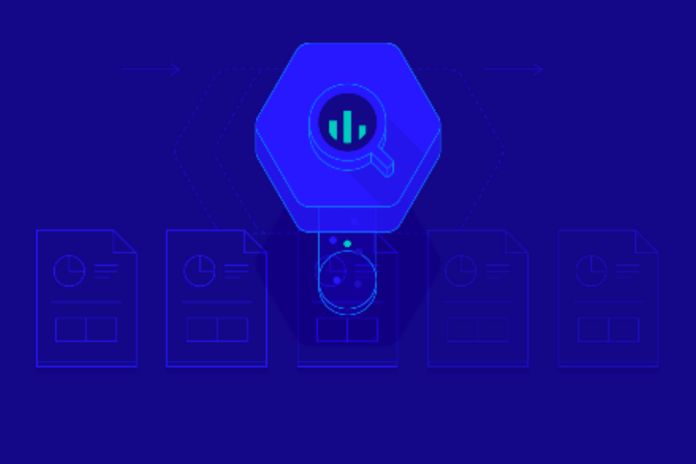Nowadays, most companies have significant investments in Big Data, and because of this, the Big Query tool emerged as a solution for analyzing a large amount of data.
This new tool from Google aims to help companies and their IT technicians so that, together with other devices from the same company, it makes the data analysis process faster, cheaper and more efficient.
Still not familiar with Big Query and its advantages? Well, that’s why we created this text. Keep reading and find out.
What Is Big Query?
Before this tool, analyzing a large amount of data was often expensive and unproductive for the company, unfeasible due to cost-benefit. However, Google created the Big Query tool to solve this problem, aiming to speed up, facilitate and reduce the costs of this process. This makes data analysis not only feasible but highly recommended.
How Does Big Query Work?
Being a Google platform, data analysis is already done very quickly, as the company already has excellent access to data storage in the digital world. Therefore, Big Query can interact with other Google tools, so it is possible to perform faster and more effective searches and analyses. It is worth remembering that this platform has cloud storage; it can access and interact with data on Google Cloud. In addition to not needing physical storage.
How To Use It In The Best Possible Way?
This platform has several ways to use it, so we will present 3 of these primary functions that will help your company. Are they:
Real-Time Analytics
Big Query allows companies to analyze real-time data, using some of its powerful processing to quickly present data to the user. To do so, configure the tool in the desired way and make it access the data on the network.
Use Of Machine Learning
Google’s tool can also quickly fetch data and categorize the data according to the user’s search history. BigQuery features an artificial intelligence capable of learning from patterns and adapting (machine learning). So, the more you use the platform, the faster and more efficiently you use it. So make Big Query one of the company’s core resources.
Interactivity Between Google Tools
As Big Query is a Google platform, there is nothing better than having interactivity with the other excellent tools of the same company. With that in mind, Google designed Big Query to be compatible with all the other devices in the G Suite (another fantastic feature that can be used to improve your company’s performance). You can enhance and extract even more from Big Query’s utilities.
For example, it is possible to connect this tool with Google Calendar so that calendar data can be accessed and used for practical purposes. Also, you can join it with Google Data Studios, Hadoop, Spark and other tools that are very popular among technicians, such as Tableau.
After learning about Big Query and how to use it, purchase the tool and see all its advantages reflected in your company’s results. Just don’t forget to use it in conjunction with other Google tools for better performance and performance. It is worth mentioning that BigQuery is a tool that should be used in companies that use Big Data, that is, large-scale data use.
The G Suite tool is highly recommended in the IT management of your business. Through this solution, Gmail users can manage all messages classified as spam. For that, it is recommended to download the apps for iOS, Web or Android. Google filters analyze the titles and contents of emails to identify security breaches and suspicious data. This prevents the spread of scams and information leakage incidents.
You may notice that G Suite’s anti-spam policy effectively filters out unsolicited messages. Exploring Google’s tools a little more can be interesting for managing your company’s technologies. Given this, it is recommended:
- keep your company’s computers, devices and equipment always up to date and protected;
- do not register on unknown websites;
- not providing sensitive information on social media;
- not publicly disclose phone numbers;
- use blind copies (bcc) when sending emails to multiple people; and
- do not respond to spam.
Anyway, these are the primary information about spam treatment for you to apply to your company today. Knowing more about cloud storage and the requirements brought by the Personal Data Protection Act can also help a lot.
Also Read: Digital Transformation: The Evolution Of IT And Communication












